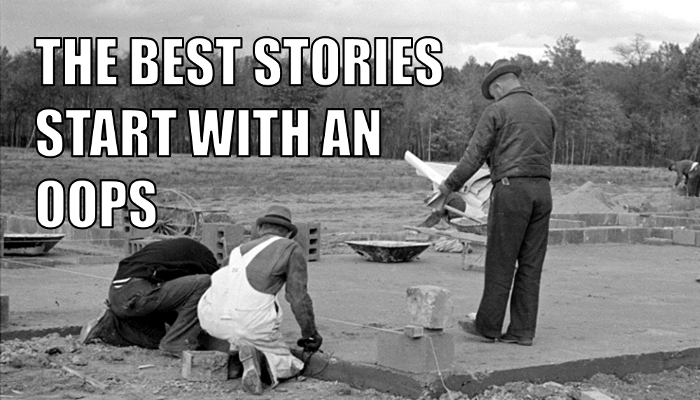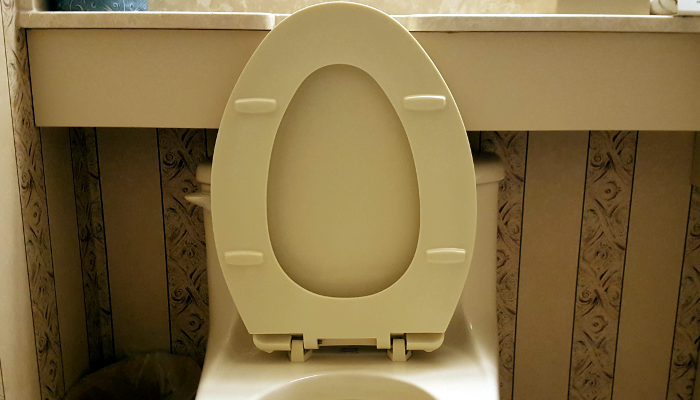
Ten years ago, I volunteered to manage a 35,000 square foot church construction project. During the process, I learned that no matter how much planning you do, differences will always exist between the 2D architectural drawings and the way those objects fit into the 3D world. Such inconsistencies are so common, that I was required to add ten percent to my overall budget to cover “contingencies.”
My favorite contingency involved the forty foot ceiling above the Grand Hall.
“Mr. Ploof,” the construction manager said. “We have a problem. The drawings don’t specify a finish for the ceilings. What do you want to do?”
I studied the ceiling that consisted of bare plywood. “What do you recommend?”
“Drywall to cover the plywood.”
I agreed. Bare plywood wasn’t consistent with the building’s California Craftsman style. I asked the most important question. “And how much will this drywall cost me?”
She quoted me a number that made my heart skip a beat. “Okay,” I said more as a capitulation than an acknowledgment. “Take it out of my contingency budget.”
“Sure, but there’s another problem.”
“Of course there is,” I said.
“The soffits are missing too.”
“The what?”
“You see those pipes up there?” she said. “They’re supposed to be hidden behind soffits.”
“And how much do soffits cost?”
I felt the color drain from my face as she quoted a figure double that of the drywall.
![]()
I’ve stayed at the same Silicon Valley hotel for years. As with all hotels, every room is identical–all the way down to the same bathroom ”feature.” You see, all of this hotel’s toilets look like this.

If you take a closer look, you’ll see that the sill above the toilet has this notch taken out of the marble.

It’s obviously an oops–a mismatch that occurred while transitioning between the 2D and 3D worlds. Each time I revisit this hotel, I look at the notch and imagine the pandemonium that probably occurred after someone installed the first toilet. I bet the plumber called the foreman, who called the architect, who groveled with the client. I think about the cost and schedule analyses, the arguments over who would pay for the screw-up, and the ultimate decision to cut a notch in every bathroom sill rather than reordering thinner ones.

And it all happened because of an oops.
![]()
I stared at the ceiling in the Grand Hall, contemplating the huge cost of adding soffits around the pipes. Then I had another idea. “How much will it cost to just paint those pipes?”
“Much less,” she said. “You want us to paint ’em white so that they blend in with the ceiling?”
“No,” I said. “Paint ’em dark brown like the trusses.”
She looked at me quizzically. “But that’ll make ’em stand out!”
“Yes it will,” I said. “And whenever someone looks up and sees them, they’ll think that we planned it that way.”
The best stories begin with an oops–some unexpected event that interrupted a plan. It’s the reactions to these interruptions that reveal the true character of people and the companies that they work for. Research your company’s folklore. What were the oopses that revealed the true nature of what your company will do to help a customer?
Photo Credit: United States Resettlement Administration, Lee, Russell, photographer. [Untitled photo, possibly related to: Construction of houses reading plans and measuring, Jersey Homesteads, Hightstown, New Jersey]. [Nov, 1936] Image. Retrieved from the Library of Congress, https://www.loc.gov/item/fsa1997020951/PP/